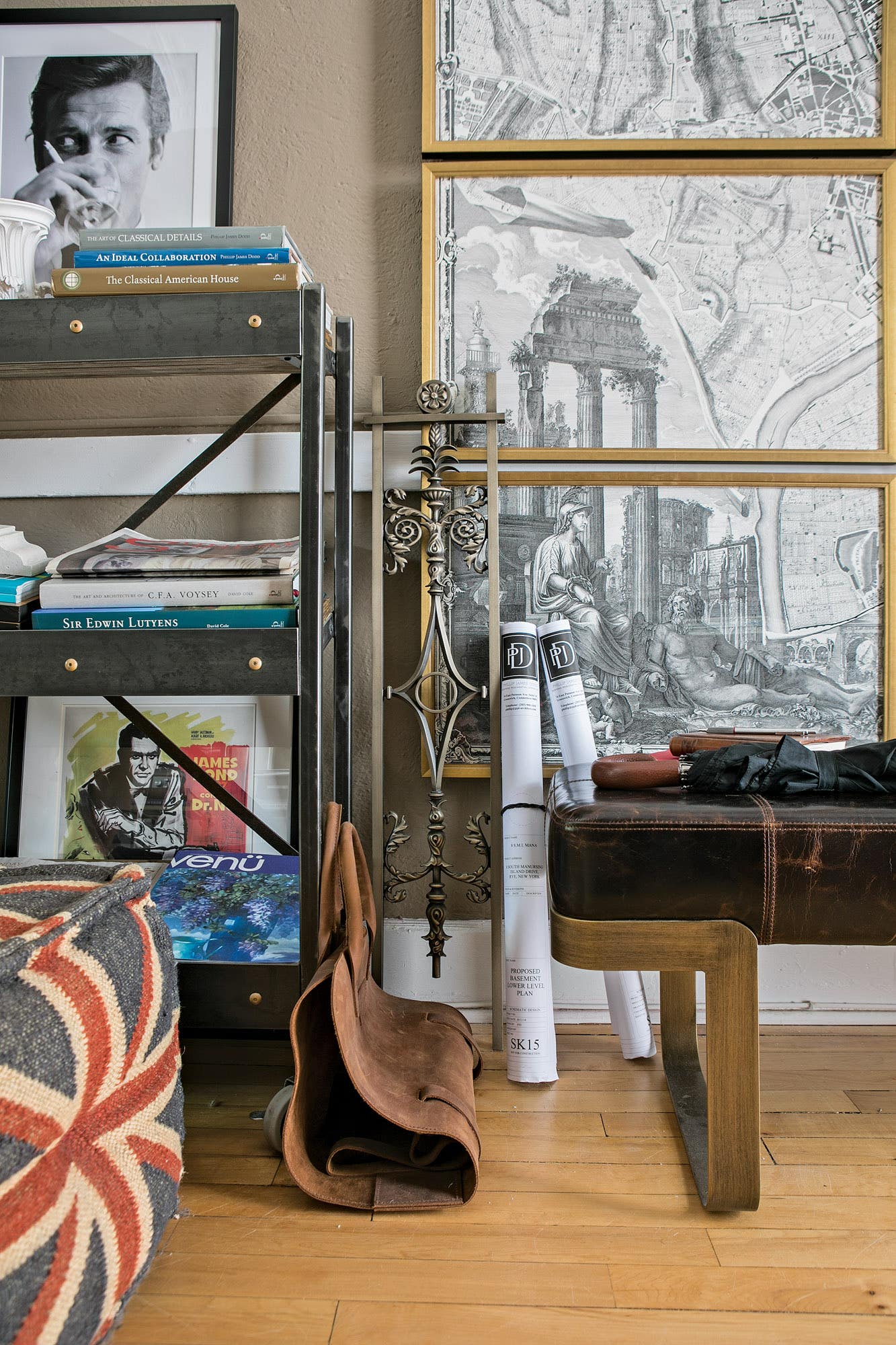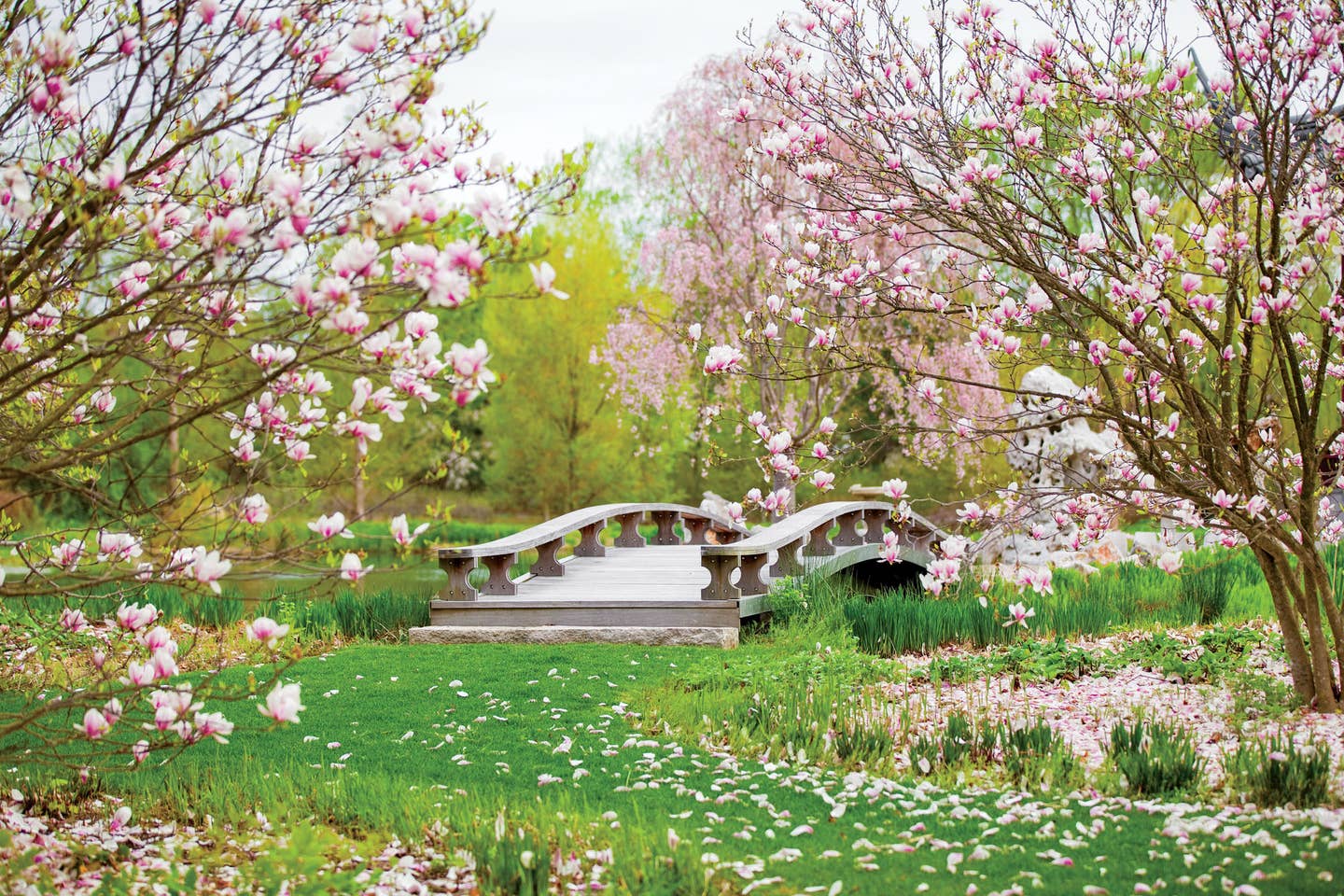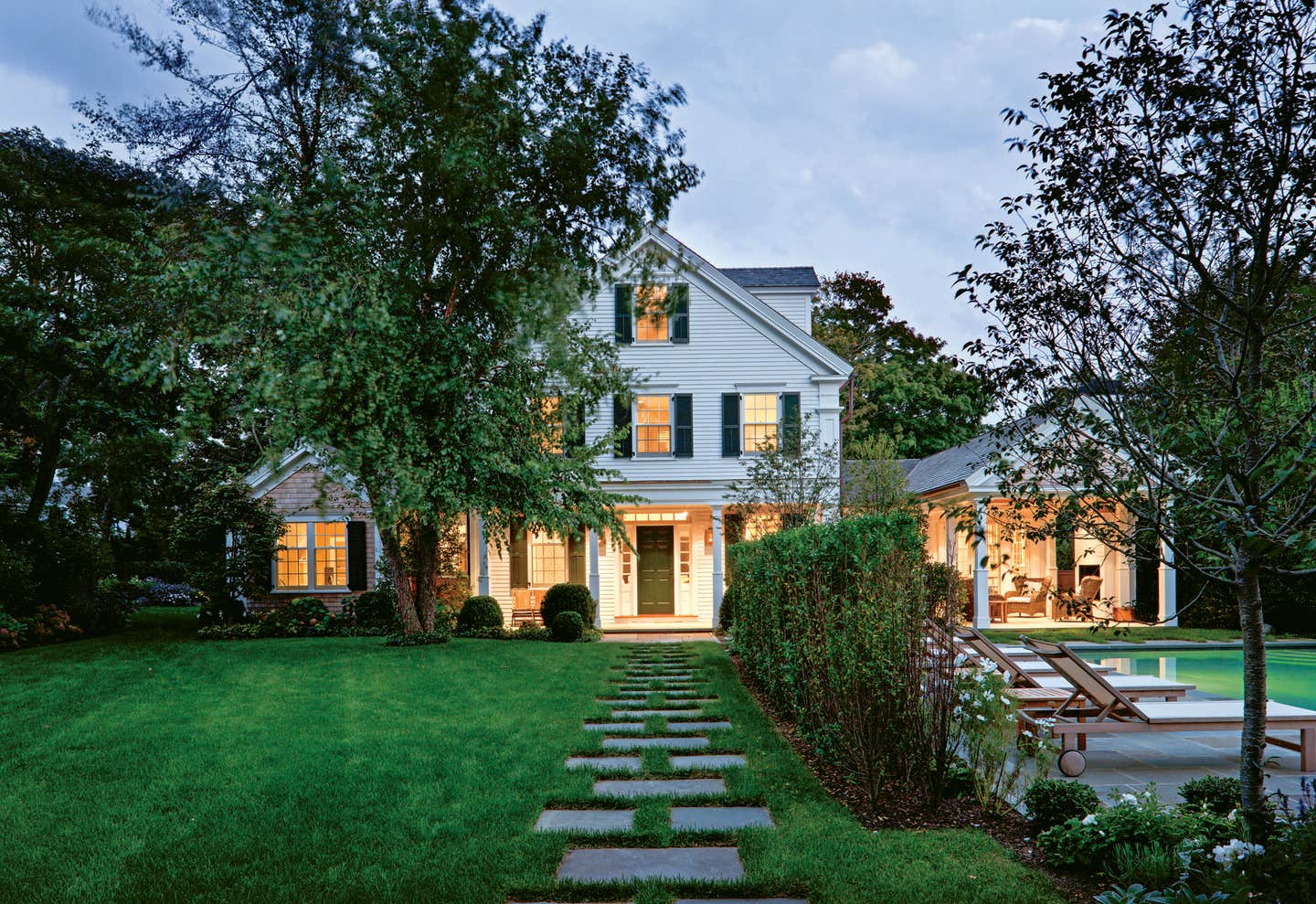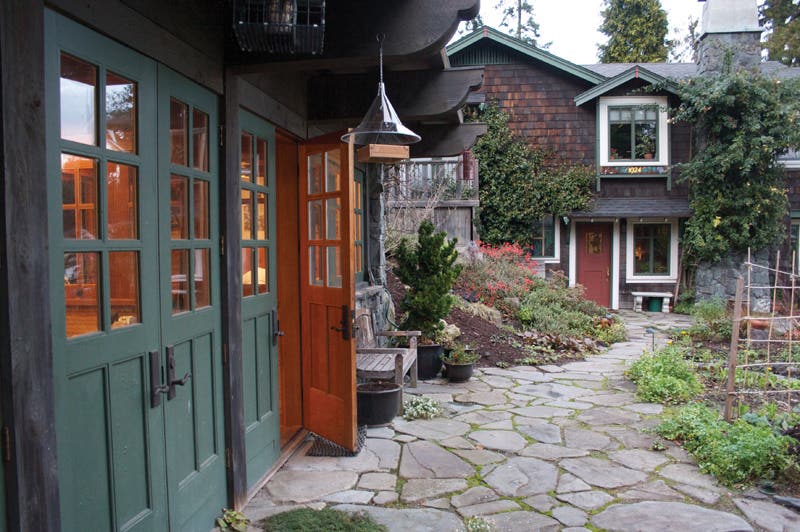
Profiles
Understated Artistry: Neumann Lewis Buchanan Architects
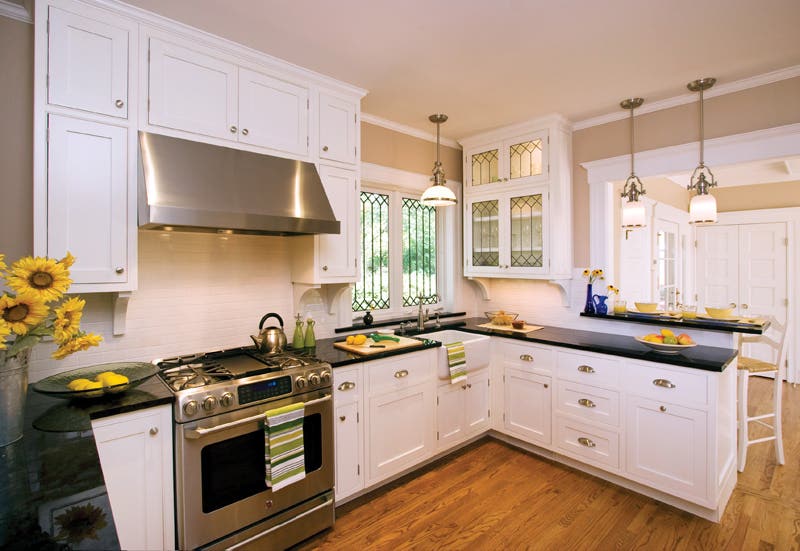
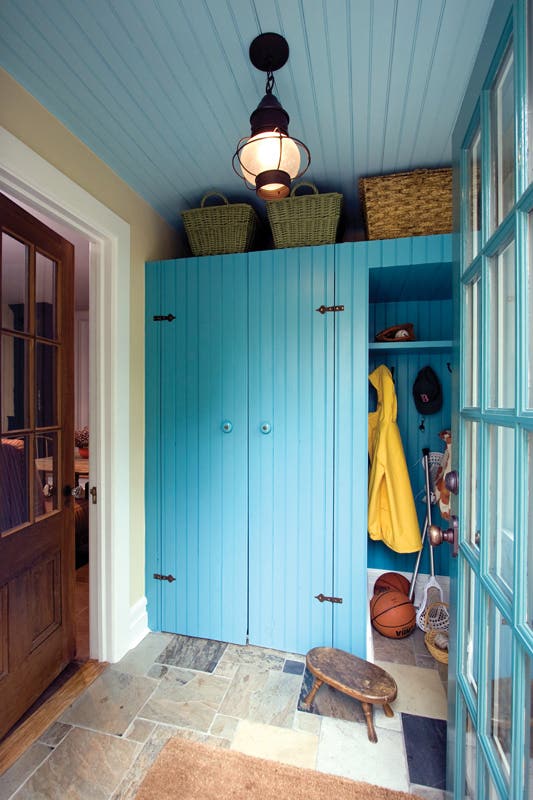

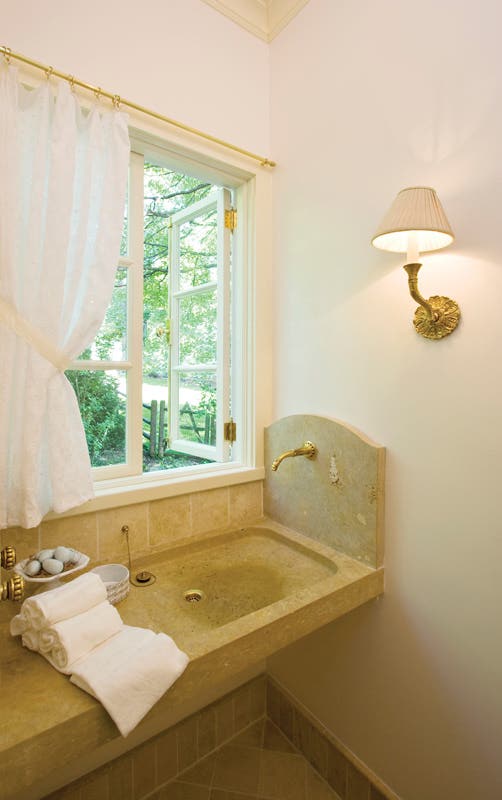
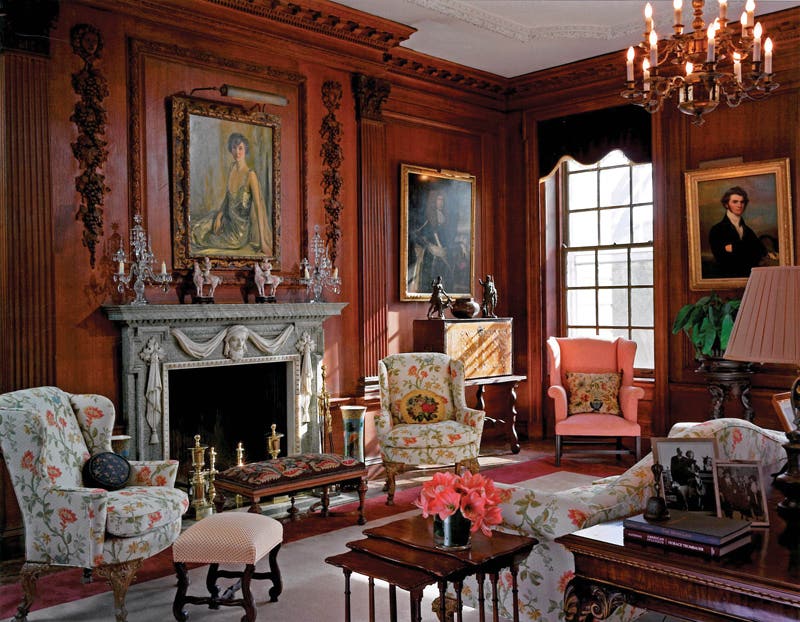
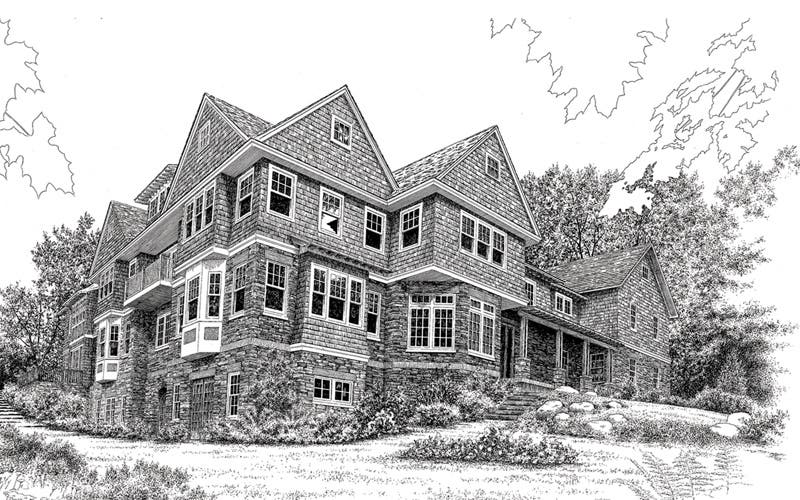
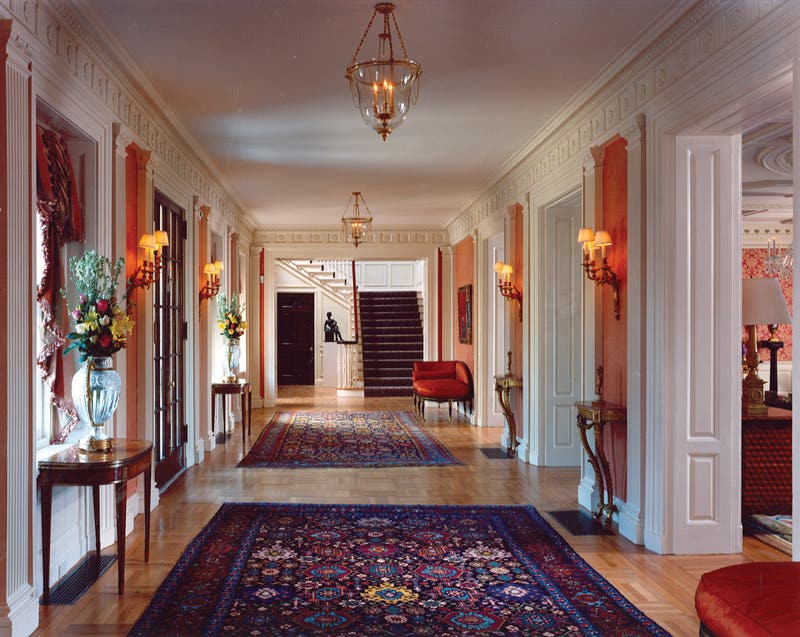

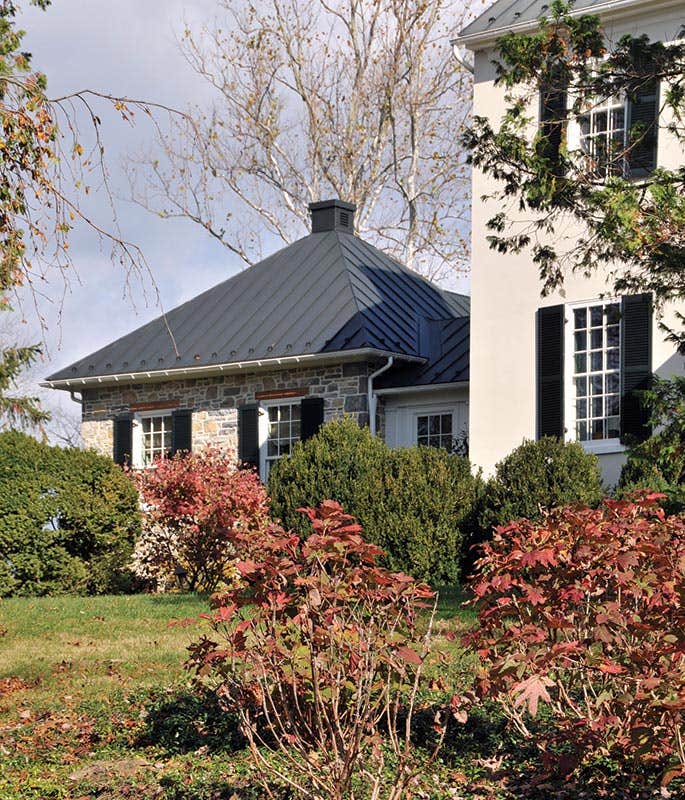
What’s the hallmark of a great house? According to David Neumann, AIA, managing partner of Neumann Lewis Buchanan Architects (NLB), it is what is not there that makes the most lasting impression. “Our most successful projects are those where no distinctive architect’s mark is visible,” he says. “The house looks like it has always been there.”
The award-winning firm, which has offices in Washington, DC, and Middleburg, VA, has had commissions for a variety of homes ranging from elegant estates to summer cottages and has been called upon to restore historic homes and design significant additions to period homes.
“We create homes that are highly personal and are a custom-tailored expression of the owner and the owner’s lifestyle,” says Neumann. “We do not leave an idiosyncratic, egotistical signature behind. We hope to leave behind something with rigor that implies that a thoughtful professional has done the work. In other words, our houses have a mark of quality – they look like they didn’t happen by accident – but they are not about the architect.”
Neumann, who graduated from Virginia Tech with an architecture degree and apprenticed with Kerns Group Architects and Dewberry and Davis, founded the firm in 1986. Lewis, an illustrator who also completed his architectural studies at Virginia Tech, began working with him that same year. Buchanan, a devoted student of Classical architecture who studied engineering at the University of Cincinnati and holds an architectural degree from the University of Texas at Arlington, joined the firm in 1987.
The firm’s residential projects look to the past yet are deeply rooted in the here and now. “We all are project managers,” says Neumann, “and all of us approach problem solving by not simply looking at traditional style precedents, but by asking, ‘How do we respond to a client’s needs and the unique characteristics of a site merging with traditional architecture?’ You won’t find our houses in pattern books; they are fitted to clients, who are modern folks who don’t wear 18th-century clothes or read by candlelight.”
Neumann says that working in the traditional style gives him wide room for creativity. “Clients choose traditional styles because it is connected to their sense of meaning and memory. It is psychologically comforting to live in a house that’s linked to a pattern of building that’s been around for hundreds of years.”
The houses designed by Neumann Lewis Buchanan, he adds, are built to survive for centuries. “Having the house be seen by a lot of people is not important,” he says. “What is important is that each house has meaning for the owner we designed it for.”
Into the 21st Century
When it was built in 1929, Lombardy was a grande dame with a grand view overlooking the Miles River in Easton, MD. The 250-acre property had been a working farm for some three centuries, and the new owners, a couple with a trio of athletic teenagers, bought the estate as a second home. They were to be gentlemen farmers, contracting the field work to other hands, and they were to use the Colonial Revival residence as a gathering spot for entertaining family and friends.
They wanted to preserve the 9,000-sq.ft., white-clapboard house with the Mount Vernon-esque veranda and wood-shingled roof but make it more accommodating to their lifestyle. The NLB team was commissioned to restore the period details of the interiors and rework the kitchen wing, which was separated from the main house by a pass-through. The original kitchen, which was used only by servants, was small and antiquated.
The team gutted the two-story kitchen wing, turning the butler’s pantry, morning room and kitchen into a single, well-functioning food prep and dining space. Upstairs, they added a bathroom, bedroom and laundry room. The breezeway that links the kitchen wing of the house to the brick guest house was rebuilt and made a little higher to reveal transoms over the two connecting doors.
Outside, they razed some architecturally and historically insignificant farm outbuildings and removed and rerouted the asphalt driveway, turning it into a gravel entrance that shows off the house to its best advantage. “We clearly delineated visitor and owner parking,” says Neumann. “And we screened the spaces so cars are not the first thing you see.”
The swimming pool, where the family spends a lot of time, was moved from the end of the house to a rear site next to the guesthouse, and the newly landscaped grounds were appointed with an outdoor kitchen.
Three Timelines
Vandalia, which sits on a bluff in Shepherdstown, WV, overlooking the Potomac River, is an excellent illustration of the firm’s commitment to the simplicity, grace and beauty of the traditional style in new construction. Although there was a small two-story log and frame house on the 125-acre property, the owners, a couple with one child, needed a larger home to meet their needs but one appropriately scaled to the setting and harmonizing with the architectural vernacular.
The most distinguishing timeless feature of the two-and-a-half-story, 7,500-sq.ft. traditional farmhouse, which won a 2008 Palladio Award, is the exterior’s indigenous limestone. Dolomitic limestone, a black stone that slowly weathers to a powder gray patina, is the prevalent local building stone. “The owners were not happy with newly quarried stone,” says Neumann. “So the stone was acquired from the foundations of local ruins and stone fences, hand loaded into apple crates and moved individually to the site.”
The stone was carefully worked to maintain the naturally weathered faces. Shaping and splitting marks were limited to avoid the stark contrast of recently cut stone. Only the large corner blocks and jack arches were quarried from non-native limestone; these were sourced from a geologically similar quarry in New York. Stone gable marker stones are engraved with the date of construction, 2004, and the initial ‘A,’ the first letter of the owner’s surname. Frustrated with the too perfect appearance of the mason’s attempts at carving, partner Andy Lewis took matters into his own hands, using the “wrong” tools to mimic the character of marks left by early farmer builders.
The roof is made of terne-coated stainless steel, which time has turned a pewter-gray color that speaks of other eras.
While the main stone wing was designed to evoke the 1780s, the two additions are tied to two different time periods: The large white-clapboard frame wing, which houses the den, dining room and two-story porch, represents the 1820s, while the one-and-a-half story rear wing that holds the entry porch, kitchen, mudroom and pantry, resides firmly in the 1920s.
“It is hard to imagine a house with any age that hasn’t grown over time,” says Neumann, “and we rarely see houses 200 years old that haven’t been updated. If we had made this one piece built at one moment in time and never altered it, it would look like a museum piece.”
The details of the interior spaces, such as the moldings and door widths, have been carefully crafted to match each time period’s architectural style. And the central staircase, which is walnut, was tied to the property with a stain made from the hard, baseball-size nuts of the land’s walnut trees.
“This is a rather extreme case of meticulously interpreting time periods,” says Neumann. “The owners insisted on this. Our interiors and exteriors always express themselves to each other. And we strive to create rooms defined by wide case openings and frames that support furniture layouts. We show proposed furniture arrangements from the get-go.”
As for the other house on the property, the team reconfigured it as a guest house, adding porches and other needed services and amenities. A bath was added on the second floor, which was designed to be suspended from a hidden structure above so as to not overwhelm the existing bowed floor assemblies. Its German siding was replaced, and the interior logs and joists were exposed to give a truer sense of its roots.
Bringing East to West
In Denver’s Cherry Creek neighborhood, Neumann Lewis Buchanan designed a 7,500-sq.ft. house that looks as though it would be right at home in Virginia, where the owners are from. Stylistic references are local as well, drawing upon the early-1900s houses in the nearby Cheesman Park and Country Club neighborhoods.
The couple, who have a young child, had considered moving back to the East Coast, but ultimately decided to keep their roots in Colorado. The nondescript house on the half-acre site, which was set at a 45-degree angle to the road, was razed.
“They liked early-20th-century houses, but they wanted living spaces that had connections to the outdoors and daylight,” says Neumann. “We designed a house where every significant room has light from two or most often three sides. The house also has numerous porches that provide shaded spaces for dining and relaxation.”
The exterior is made of lime-washed brick from Salisbury, NC-based Old Carolina Brick that complements the slate roof. “The brick was custom ordered nine months in advance,” says Neumann, “and was sent in train cars to Colorado.”
The new residence has what Neumann calls a “modified pinwheel” floor plan that spirals out from the center. “The architecture speaks of early-20th century, but the floor plan was designed for a 21st-century lifestyle,” he says. “The house is one-room deep everywhere and has room for modern amenities, including a wine cellar, gym and spa.”
The lot is small, so the house doesn’t live large. A three-car garage and a secondary entry are located in one of the wings and set well back from the street. The real beauty of the project, says Neumann, is that “you only see one-third of the house at any one time.”
Down on the Farm
Nestled in the woods close to Charlottesville, VA, lies a Piedmont-style farmhouse called Fernhill that looks as though it wandered out of Grant Wood’s “American Gothic” to sit a spell. For the most part, the 4,200-sq.ft., white-clapboard residence with a copper standing-seam roof that’s on its way to turning green with age lives on one story.
The owners, who built it as a second home and work space to augment their Washington, DC, co-op, were thinking of the future when they built this paean to the past. “They were looking to retirement,” says Neumann. “They wanted all the rooms they use on a daily basis on one level so they could navigate them as they aged. They figured the guests and kids could be on the second story.”
Their desire to keep main spaces on the lower level was the main inspiration for the series of single-story additions. “It is a more consistent expression of architecture, but the form appears to grow organically,” says Neumann.
Two screened porches – one for dining and one for evening reading – connect the interior and exterior spaces. Inside, window, door and wall moldings follow the simple lines of the outside.
The owners find that they are spending more and more time at Fernhill, whose 65 acres are a working cattle farm. The barns and paddocks are not close to the house, effectively giving them two properties in one.
Keeping Things Simple
Simply put, Clay Hill, an 1800s farmhouse nestled in hunt country near Millwood, VA, had very good bones, but the original 4,600-sq.ft. home needed to be restored and updated with the niceties required for modern living.
The owners loved the original building and had filled it with wonderful objects and mementos but found that later additions, especially the cramped, outdated and inconveniently placed galley kitchen and mudroom, left something to be desired. “They wanted additions that were respectful of the old house and that fit a whole series of requirements to do everything from bringing groceries inside to creating a good meal,” says Neumann.
Neumann Lewis Buchanan removed 550 sq.ft. of prior additions and added back 2,600 sq.ft. of living space on the main level, doubling the footprint of the house.
Every artifact in the existing house had a story to tell, so the architects decided it would only be fitting to add a new chapter. The new kitchen was conceived of as an “original” freestanding stone summer kitchen. The design envisioned an evolving storyline of later additions and an eventual frame “mudroom link” back to the main house. This approach resolved the issue of how to create a generous kitchen volume that was respectfully connected to the original house and also seemed a viable “history” as the existing structure lacked a kitchen. The massing of the links and additions was kept as low and stepped back from the principal façade as possible to appear appropriately subservient.
The team replaced a screened porch with a larger, more formally detailed version that incorporated elements borrowed from the main entry portico. A garage shed, located behind the main house, was removed to create a formal grass lawn linking the main house to a new parterre garden and greenhouse conservatory. A new carriage house garage and parking court were added in a location selected to improve access and restore sightlines to the adjacent countryside.
To put the expanded house and gardens in context and lower the parking area from view, the team added low stone walls. A red-brick pathway, landscaped with boxwood, leads to the formal entry, tying everything together like a gift package.






